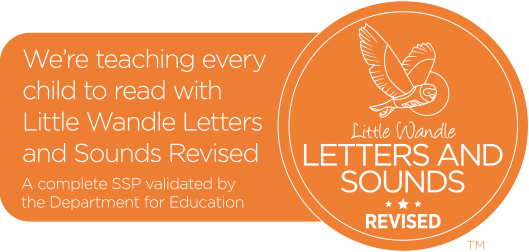The Masham Church of England Primary School Curriculum
Masham is a small, inclusive, rural school in the heart of this thriving market town. It has a close-knit, family orientated community, where people matter. This is reflected in how we live our lives at Masham school.
Our community works together under God’s guidance to grow minds, spirits and bodies to learn, care and share together.
We recognise that each of us has a special talent and role we can use for God, like the different parts of the body working together. We truly are ‘One Body, Many Parts’ (1 Cor 12). We want everyone to flourish, adults and children alike, as we strive to live out our Christian vision.
We are a distinctive school, where we aim to be ambitious for our children. Founded in 1819, Masham school has a rich history and tradition of serving its local community with pride, care and compassion.
Through a broad, rich, child-centred curriculum, at Masham our learning is a journey of relevant and local experiences leading to the development of skills, knowledge and understanding. Children are encouraged to take inspiration from each other, their teachers and the world around them. From this holistic approach emerge thriving children whose academic success is underpinned by confidence and wellbeing.
Click on the links below to access information about the curriculum. If you have any further questions, please contact the school.
Subjects
Please expand the menus below for more information
EYFS
Our EYFS children are taught in a mixed age class along with our Year 1 children.
Reading
Writing
Phonics
At Masham, we follow the Little Wandle Scheme for the teaching of Systematic Synthetic Phonics and for our Early Reading resources
Phonics and Early Reading Approach
Grapheme Mats Phase 2, 3 and 5
Letters and Sounds Guidance Glossary
Little Wandle Fluency, Spelling and Complete the Code Mat
Little Wandle Spelling Programme Overview
Programme Overview Reception and Year 1

